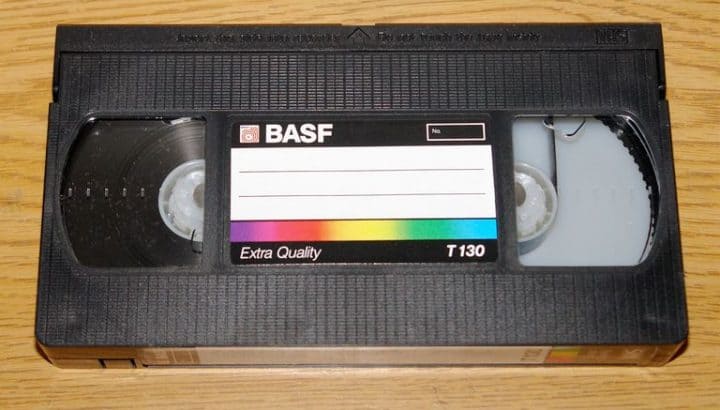You most probably still remember the old VHS tapes. And all the problems that started to give you after a few years in use. However, with the introduction of the CDs and DVDs, you, like most people, thought that these problems were over and that you could now have a great collection either with movies, TV series, games, or music without compromising their future. As with most things in life, items tend to deteriorate. And if in some cases they are fairly quickly, others take a little more time. And this is the case of the CDs and DVDs.
When they started to be sold to consumers, manufacturers passed us the idea that they were virtually indestructible. However, there’s one problem that tends to affect them – disc rot.
Simply put, disc rot is the tendency that optical disc like CDs and DVDs have to become unreadable with time. And this is due to the chemical or physical deterioration.
You probably already saw it. It may resemble a coffee stain and you just can’t get rid of it, a disc that completely changed its color, or it may look like tiny pinpricks.
Despite the fact that today’s CDs and DVSs are a lot more reliable today than they were a decade ago, the fact is that optical disc improved their formats and the weaknesses appeared again.
Here are 5 facts that you should know about regarding disc rot:
#1: Despite a disc may already have significant errors, this doesn’t mean that it can’t be, at least, partially read. It depends on the error as well as on the content of the disc.
#2: There is an important difference regarding the discs scratches. In case the scratch is located on the bottom will make it a lot easier to solve the problem than if the scratch in on the top. This is related to the fact that CDs include the reflective layer on top which makes it more fragile. Besides, the standards allow a built-in error-correction system to work around scratches when these are located at the bottom.
#3: DVDs usually tend to have more integrity than CDs because the reflective layer is built in a different way. However, when you have a large collection, you probably thought that you could save up some space by using dual-layer discs. However, these tend to not hold up so well.
#4: When comparing recordable with non-recordable discs, the first ones tend to don’t last as long. However, the time it lasts is also related to how it was recorded in the first place.
#5: Properly storing and handling the optical discs allows you to expand their lifetime. When you keep your discs with high humidity or temperatures, for example, they will deteriorate much faster. So, make sure that you have them well stored and they will probably last a few decades.

